Gardening can be an incredibly relaxing, rewarding experience. However, if you are a complete novice to the world of gardening, you may find that there are irritating obstructions that can impede or discourage any progress in your planting or building projects. In this article, we will outline some simple steps that can help to make gardening easier, like installing decking, growing a wild garden, and choosing resilient planting. All these steps, implemented properly, can allow you to sit back, relax, and simply enjoy your garden space. Let’s look at some of our best ideas.
Install Decking
A huge amount of gardening involves the upkeep of your lawn space. Decking provides you with a brilliant alternative option, either working in tandem with your lawn space, or as a low maintenance replacement. If you do decide you get rid of your lawn and replace it entirely with decking boards, you can still maintain a green, natural environment by bordering the edges of the decking area with planters, or by adding potted plant displays on top of the boards themselves.
Alternatively, if you want to use decking in conjunction with your lawn, it can work as an effective lawn edging solution to keep any wayward weeds at bay. Decking is the perfect way to make use of more awkward sloped garden, either by levelling the space or by creating tiers or steps. There are many different materials to choose for decking, including traditional timber, aluminium, and composite. You can get creative and install your composite decking with curved edges or alternating runs, to add a sense of individuality and character to your space.
Grow Wild Gardens
Put away the lawnmower! If you want to keep your lawn space untouched, transforming your outdoor area with the process of “rewilding” is a fantastic way to breathe new life into your garden space. Essentially, rewilding involves allowing your garden to grow, without cutting the grass. Rewilding your garden in this way has many advantages. For one, it encourages a more diverse ecosystem, supporting all sorts of plant, animal, and insect life.
The resulting biodiversity a wild garden creates also has the added benefit of making your outdoor space appear more visually interesting and textured, helping it to stand out amongst the sea of boring, cookie cutter flat gardens that often accompany many new build homes. Rewilding is increasingly becoming a garden trend, as more people look for ways to be more ecologically conscious. Pepper your new wild garden with bird feeders and insect hotels, and you will be amazed by the sudden influx in wildlife.
Choose Resilient Winter Plants
If you haven’t the patience of inclination to look after plants or flowers with very specific needs, we would instead recommend instead choosing plants that require very minimal maintenance, and have evolved to be hardier, even in changing temperatures. Perennial plants will return every year, such as lavender, geranium and begonias. Geraniums especially are notably hardy and can even survive in frosty conditions. Once you have mastered looking after hardier winter plants, you can progress on to other planting methods designed to encourage more successful planting, such as polytunnels to protect your plants from wind, and greenhouses to maintain consistent temperatures.
However, it is important to remember that even hardier plants will need basic maintenance, with regular watering and access to sunlight. The quality of soil too, is essential. Fertile soil can be encouraged using compost. Making your own compost is a fantastic way to house unwanted garden waste, as well as getting rid of certain food and cardboard waste in a more environmentally friendly way. Compost bins can be purchased in a range of materials, including timber, metal, and recycled plastic. Top tip: installing a compost bin on top of gravel will secure it from any unwanted attention for any burrowing pests.
Build Modular Composite Fencing
Fencing comes in all different shapes and sizes, depending on what material you choose for the border of your space. However, each different material presents new challenges and tasks involved with its upkeep. Timber fencing, for example, will need staining and painting to protect the surface of the panel from the elements. Concrete, whilst it won’t need this sort of treatment, is incredibly heavy, and may take more effort to install. Natural fences can be grown, but these can be intricate and complicated to make, as they involve weaving tree branches in and out of each other.
In contrast, composite fencing offers you a modular fencing solution, with some companies even offering components that allow you to retrofit any pre-existing concrete and timber fence posts. This allows you to retain the structural framework of any previous garden investments, to ensure that nothing gets wasted unnecessarily. Whilst it is initially a more expensive investment when compared to timber, the ease of maintenance and long-life ensure that you will be getting your money’s worth. Available in a range of colours and textures, with the option of installing metal screens atop the panels, you can now easily construct a fence that better matches the design of your space.
Create Levels with Terracing
When you don’t have enough space to expand outwards, go up instead! In the same way that you can use vertical planting to make use of the unused real estate of your garden borders, you can use terracing or balustrades to create individual zones and spaces. Terracing is the process of creating staggered flat platforms for planting. It’s an ideal way to make use of a sloped garden. By pairing your terraced platforms with stairs and walkways, you can easily navigate around the different stages of your garden helping you to water more easily.
By creating different levels in your garden, you not only make your gardening easier, but you also create a textured, visually interesting topographical addition to your space, transcending it from something flat and uninspiring into something new. You could transform these individual platforms into simple planters or make room for another outdoor seating space. The possibilities are endless; by building upwards, you have a wider scope to make the most out of your garden.

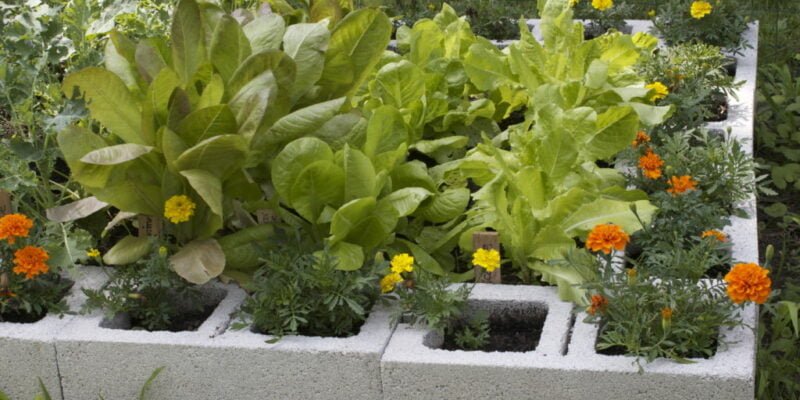

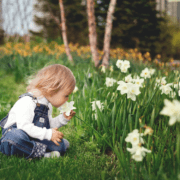

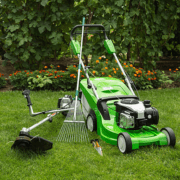
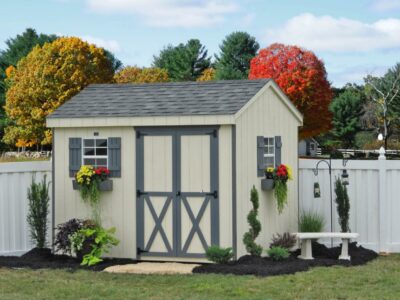
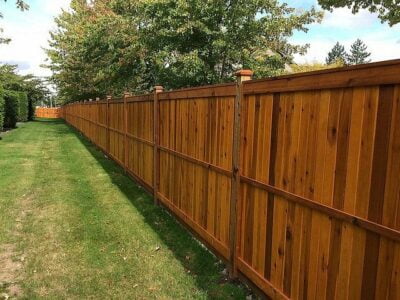

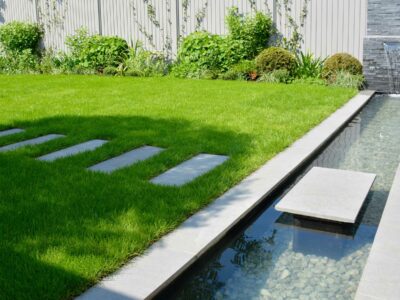
Comments